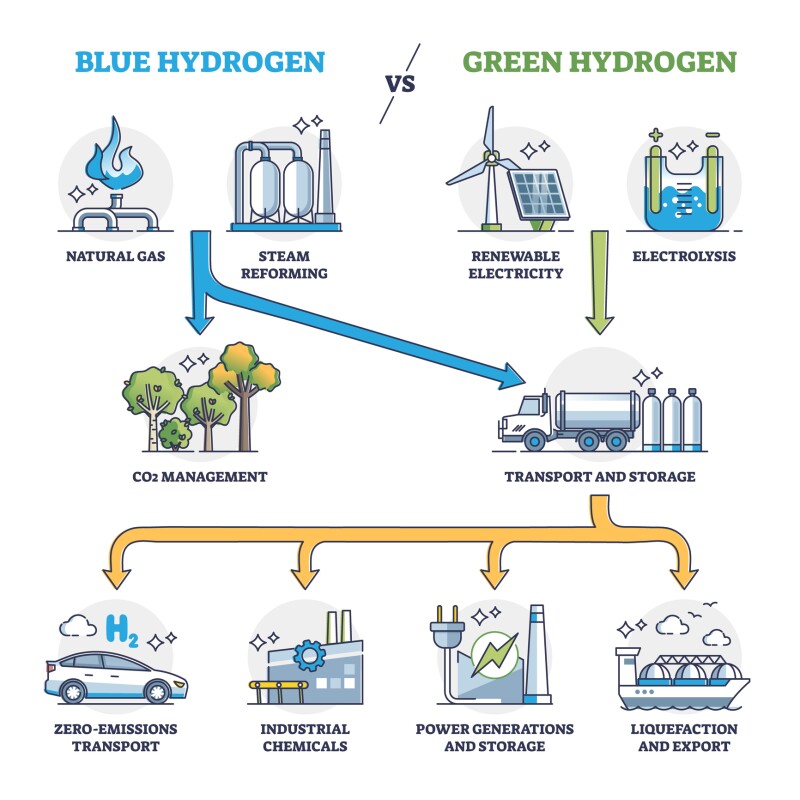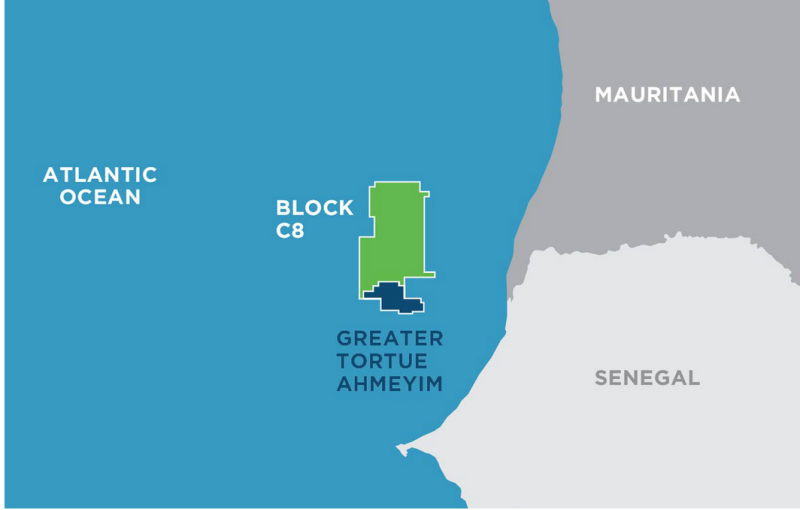BP’s quest to capture 10% of the global low-carbon hydrogen market by 2030 is turning now to Africa where within the past 2 months the super major has signed separate memorandums of understanding (MOU) to explore opportunities to create hydrogen hubs in Egypt and in Mauritania.
BP has pledged to evaluate the technical and commercial feasibility of developing a multiphase, large-scale green hydrogen production and export hub in Egypt, including a likely survey of locations throughout the country and identification of best-in-class resources.
Those signing for Egypt included the country’s New and Renewable Energy Authority, the Egyptian Electricity Transmission Company, the General Authority for the Suez Canal Economic Zone, and the Sovereign Fund of Egypt for Investment and Development.
Egypt and BP announced the deal on 8 December, just one day after Cairo had signed another agreement with local energy and utility provider Taqa Arabia and its French partner, renewable energy producer Voltalia, to establish, finance, and operate a 150 kilotons/year capacity green hydrogen production plant.
The facility, near the Port of Ain Sukhna in the Suez Canal Economic Zone, would boast a total electrolysis capacity of 1 GW generated from a combined solar and wind energy capacity of 2.7 GW. The Egyptian government would make land available for construction, Taqa reported in a news release.
Egypt—Export Logistics East and West, Plus Gas and Renewables
The Taqa-Voltalia project “builds on our green hydrogen portfolio and complements … our mandate to transform Egypt into a regional hub for green energy,” Ayman Soliman, chief executive officer of the country’s sovereign fund said, calling the fund “a catalyst (that provides) investors with a wealth of renewable energy sources, an optimal location for exporting, and an investor-friendly ecosystem.”
One month earlier, BP signed an MOU with Mauritania to explore the technical and commercial feasibility for large-scale production of green hydrogen in the northwest African country bordering Algeria, Senegal, and Mali.
The signing took place alongside the COP27 climate conference on 8 November in Egypt’s Red Sea resort town of Sharm El Sheik with Mauritania’s President Mohamed Ould Cheikh El Ghazouani, and Minister of Petroleum, Mines, and Energy Abdessalam Ould Mohamed Saleh, inking the agreement.
BP CEO Bernard Looney signed off for BP, along with the company’s executive vice presidents for gas and low-carbon energy, production and operations, and the senior vice president for Mauritania and Senegal.
“We are already developing one of the world’s most innovative gas projects with the support of the Mauritanian government,” Anja-Isabel Dotzenrath, executive vice president for gas and low-carbon energy, said in a BP press release. “And we now intend to expand our partnership into low-carbon energy by exploring the potential for a world-leading green hydrogen development.”

Source: Vectormine Dreamstime
Color Wheel: It Takes Blue To Make Green Over Time
Green hydrogen gets the press coverage deservedly because it is carbon free and if the world had already scaled enough renewable energy—wind, solar and/or nuclear—required to power the electrolysis technology that could release enough green hydrogen from water, it would be a sure win for the decarbonization agenda.
The problem is there simply isn’t enough renewable energy in place that can be scaled in time to meet even near-term emission targets, and to think otherwise is “ridiculous” in the words of the chairman of the European Energy Research Alliance, Nils Røkke.
Røkke told the Oslo-based Recharge in 2020: “The dogmatic view would be that we should just focus on green (hydrogen) ... but then you will miss all your emissions targets, I’m afraid, because it would take too long to develop the amount of renewables you’d need to produce hydrogen from (electrolysis).”
The solution is to develop blue and green hydrogen simultaneously with the expectation that green hydrogen would become dominant over time, argued Røkke who is also executive vice president for sustainability at SINTEF, Scandinavia’s largest R&D institute.
BP seems in sync with this strategy. It names blue hydrogen alongside green hydrogen as one of the company’s five stated energy transition growth engines currently being pursued in the UK, Netherlands, Germany, Spain, Middle East, US, Australia—and now potentially Africa.
Blue hydrogen is produced when natural gas is subjected to a steam reforming process which breaks out the hydrogen but also produces carbon dioxide as a byproduct that must be captured and stored using carbon capture and storage technologies.
In Mauritania and Senegal, BP has access to gas with its operator interests in developing Phase 1 of the Greater Tortue Ahmeyim liquefied natural gas (LNG) project along Mauritania’s border with Senegal. The project was approved in 2018 and is expected to produce 2.3 mtpa of LNG, with production expected over 20 years.

BP has a 62% operator interest in the BirAllah gas field (Block C8) and the Greater Tortue Ahmeyim (Block C12) with Dallas-based independent Kosmos Energy holding a 28% participating interest, and local interests controlling 10%. Source: Kosmos Energy
Earlier in 2022, BP also signed an exploration and production-sharing contract for the BirAllah gas resource in Mauritania, according to BP’s website. In Senegal, BP also operates the offshore Saint-Louis Profond and Cayar Profond blocks with a controlling stake.
In Egypt, BP claims to currently produce about 70% of the country’s gas either directly or through its various partnerships. It operates the West Nile Delta gas development which currently produces around 900 MMcf/D of gas and 27,000 B/D of condensate.
The company also holds a 10% stake in the Shorouk Concession which contains the deepwater super-giant Zohr offshore gas field, Egypt’s equivalent to Israel’s Leviathan field in the Eastern Mediterranean.


